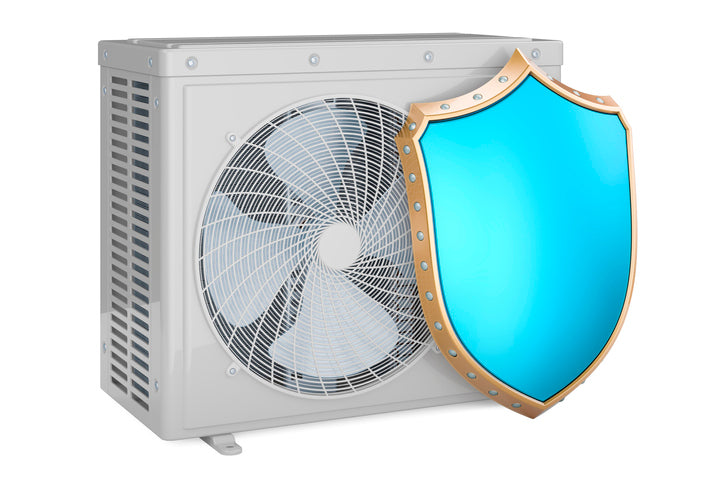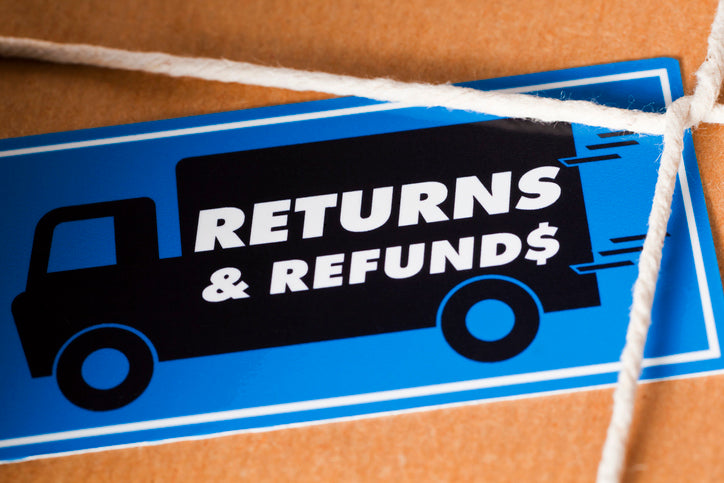How Much Money Do You Need for an HVAC System?

Budgeting for an HVAC system installation is a tricky process, because there are a lot of different factors involved. Each situation is ultimately unique, and pricing varies from one project to the next. Generally speaking though, there are four primary factors that will determine how much money you’ll need to install a new HVAC system:
- Type of System - There are various types of HVAC systems that tend to have different cost ranges. A split system is most common, and consists of one system for heating and one for cooling, as well as duct installation throughout a property. A ductless system actually involves a small unit in each room without duct installation. Packaged systems are less common, and combine all of the components of other systems within single units, which work alongside ducts to control heating and cooling. And today, there are hybrid split systems as well, which are designed like split systems but use a mix of electrical and gas power to operate. Altogether, costs of these systems can vary by close to $10,000 (with ductless and hybrid systems being priciest).
- Home Size - Home size isn’t as great a factor in determining HVAC system cost as you might expect. But it does factor in. Simply put, a bigger home needs a bigger system, because a smaller one is going to be overworked, resulting in wear and tear (as well as inadequate performance). A bigger system means more capable units, more duct work with certain types of systems, and more strenuous installation, ultimately making for higher costs.
- SEER - SEER stands for seasonal energy efficiency ratio, and is basically a number given to rate your system’s efficiency. More efficient systems — meaning the ones that use less energy — have higher SEER ratings. Less efficient systems, using more energy, have lower scores. All systems, however, will fall between 13 and 24 on the scale, with anything above 20 being considered excellent from an efficiency standpoint. That said, because they will often last longer and are more desirable, systems with higher SEER ratings will typically cost more.
- Extent of Project - The extent of any HVAC project has to do with size, to some extent. However, the nature of the work you need done also factors into cost. If your system is okay but you need to replace (or want to update) a given unit, you may not have to pay for a whole new system. Naturally, a full system installation or replacement will cost the most.
Clearly, all of the above speaks to a lot of variables. In the simplest of cases, with a smaller space, a more affordable system, and average SEER ratings, a full installation may only cost around $10,000. A high-end system with strong SEER ratings in a larger home — with duct installation or a ductless system — can wind up costing closer to $40,000. And of course, there’s plenty of middle ground.
As you’re factoring in how much you’ll need to pay for an HVAC system though, it’s also important to remember that there are various ways of covering the costs, each of which can lighten the burden in one way or another.
Personal Loans
If you want to make the costs less burdensome on your own, a personal loan with no fees is an attractive option, as well as one commonly used for home improvements. With a decent credit score, you can get approved for tens of thousands of dollars with which to pay for your HVAC system and installation up front. That way, you can stretch the cost out over time in manageable loan payments — all without an initial fee, and all at a fixed rate.
Financing Plans
If you’re not interested in the loan option and you’re able to communicate well with the company doing the installation, it’s also likely that you’ll be able to work out a financing plan. We can’t guarantee specific numbers or conditions, because different companies handle this sort of thing differently. Generally though, you’ll be able to break up the lump sum into installments. Just be careful with the fine print so that you’re not signing up for a payment schedule you can’t manage, or any burdensome fees or interest.
Upkeep
In a previous discussion on ways to save on air conditioner costs, we covered various aspects of upkeep: investing in high-tech equipment, properly insulating a home, and so on. These are steps that help you to ensure your system performs as needed, and lasts as long as it should. Naturally, upkeep and maintenance won’t actually help with the cost of a new system. But it’s still something to keep in mind for the future. Paying for a quality system now, if you can manage it, and doing what you can to keep the system in good order, will save you from costly repairs or premature replacements down the road.
There’s a lot to consider overall, but hopefully this has helped prepare you for the costs, decisions, and financing options involved with buying a new HVAC system. Best of luck!
Written by Alyson Asia Chew
Exclusive for pioneerminisplit.com






